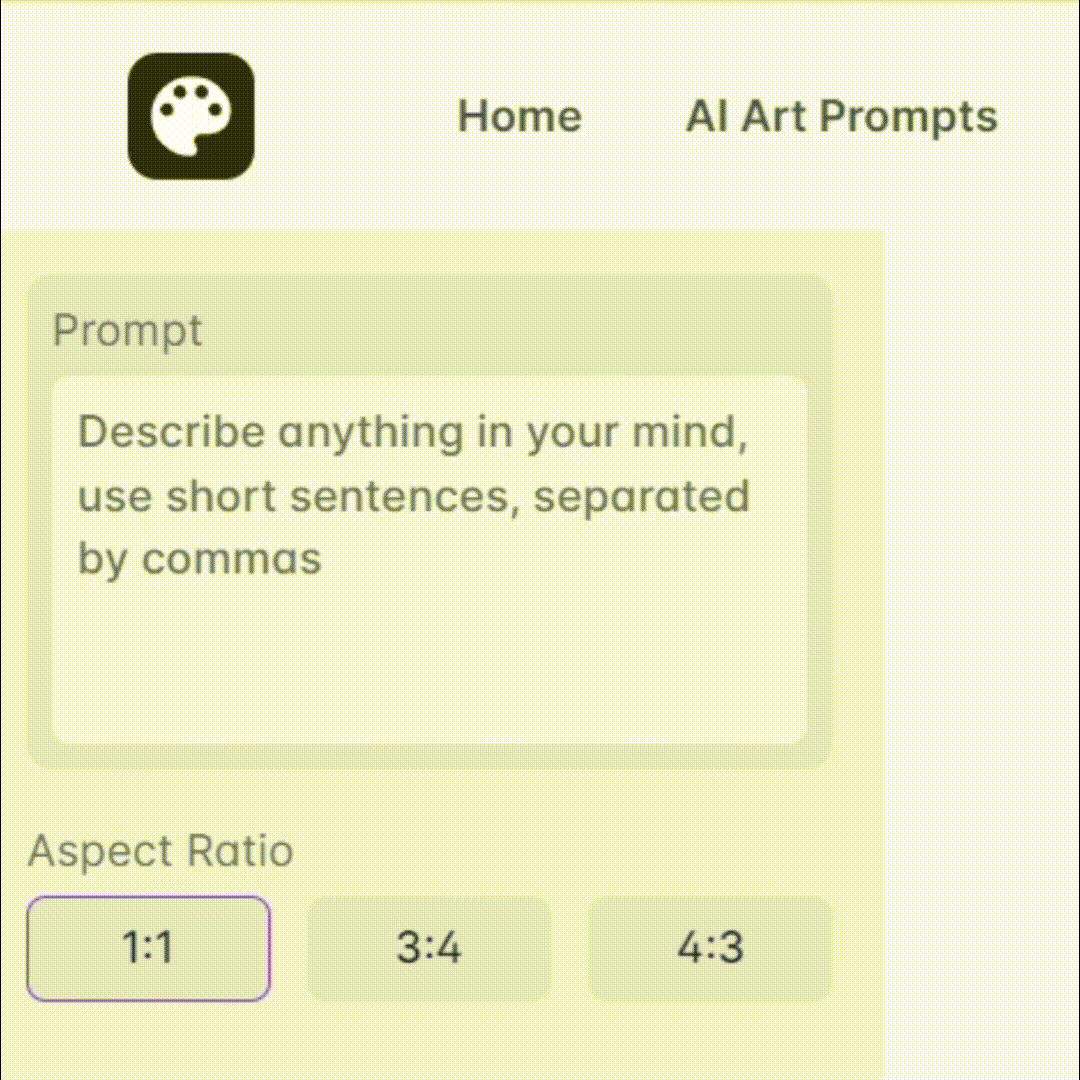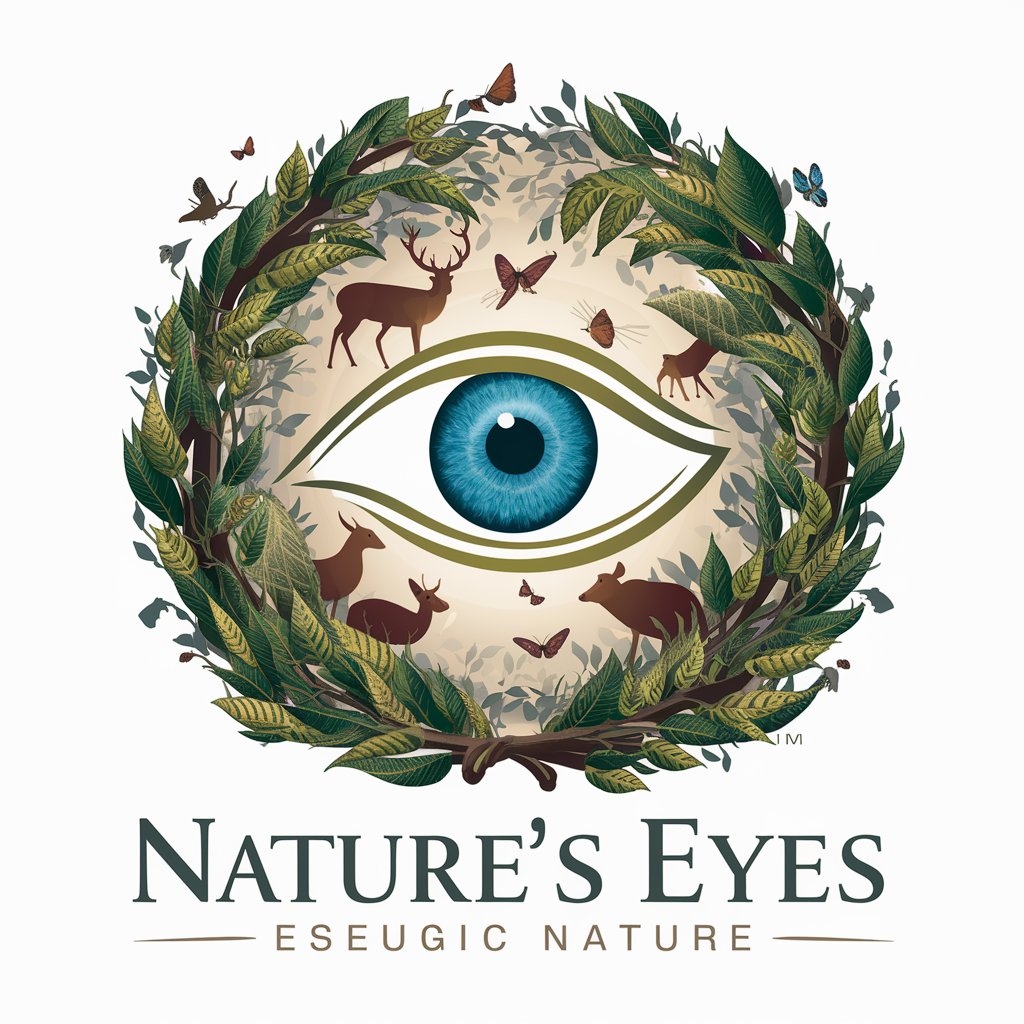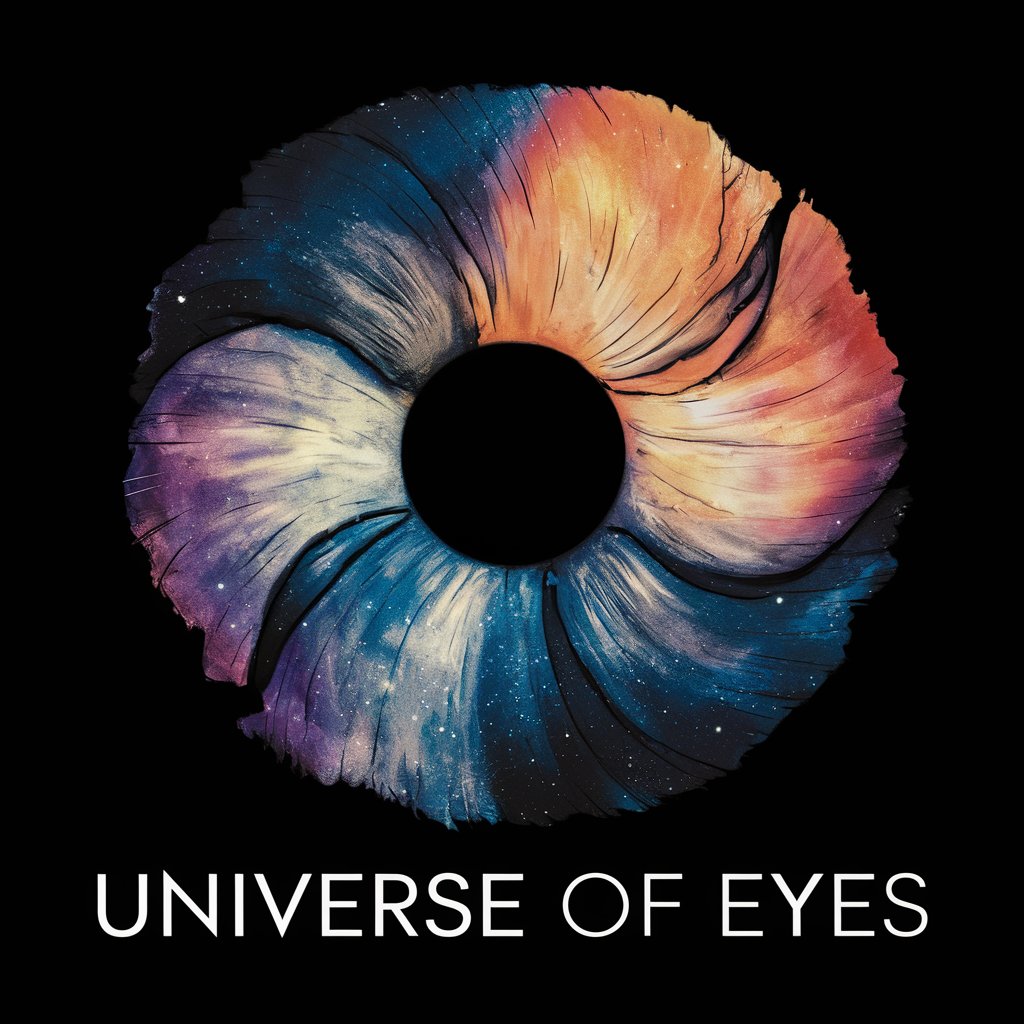
PLANETEYE - Exoplanet Discovery Tool

Welcome to PLANETEYE, your gateway to exoplanet exploration!
Explore the universe with AI-powered insights.
Explain the methods used to detect exoplanets, focusing on the transit method.
Describe the characteristics that make an exoplanet potentially habitable.
What tools and telescopes are used by astronomers to study exoplanets?
How do scientists analyze the atmospheric composition of exoplanets?
Get Embed Code
Introduction to PLANETEYE
PLANETEYE is designed as an educational and informational tool focused on the expansive and intriguing field of exoplanet research. Its core purpose is to bridge the gap between complex astronomical data and the general public's understanding by offering detailed, accessible insights into the study of planets beyond our solar system. PLANETEYE facilitates this by interpreting vast amounts of astronomical data, visualizing exoplanets through DALL-E generated images, and providing educational content that evolves from basic concepts to advanced topics in exoplanet research. For example, PLANETEYE can take abstract data on exoplanet atmospheres and translate it into vivid, illustrative visuals, making it easier for users to grasp the nature of these distant worlds. Additionally, it offers guided lessons on how to interpret exoplanet observations, helping users to potentially identify exoplanets with their own telescopes. Powered by ChatGPT-4o。

Main Functions of PLANETEYE
Educational Content Delivery
Example
PLANETEYE offers a structured course that starts with the basics of what exoplanets are, their significance, and methods used in their discovery. As users progress, the course delves into more complex subjects like the analysis of exoplanet atmospheres, the concept of habitable zones, and the detection of biosignatures.
Scenario
A high school teacher looking to introduce her students to astronomy uses PLANETEYE's educational content to plan a semester-long course on exoplanets, incorporating visual aids and interactive lessons provided by PLANETEYE.
Visualization of Exoplanets
Example
Using DALL-E generated imagery, PLANETEYE translates raw data from exoplanet discoveries into detailed visual representations. These images depict possible landscapes, weather patterns, and surface conditions based on scientific data, offering a more tangible understanding of these distant worlds.
Scenario
An amateur astronomer uses PLANETEYE's visualizations to enhance their presentations at a local astronomy club, sparking interest and discussion among members about the potential for life and the diversity of exoplanets.
Guidance for Amateur Astronomers
Example
PLANETEYE includes tutorials and guidance on how to use amateur telescopic equipment to observe stars and potentially spot exoplanets. It explains the transit method, radial velocity method, and direct imaging, providing practical advice for enthusiasts to apply.
Scenario
A group of amateur astronomers uses PLANETEYE's guides to plan an observation night, aiming to observe exoplanetary transits. PLANETEYE's insights help them understand the best times to observe and how to interpret the data they collect.
Ideal Users of PLANETEYE Services
Educators and Students
PLANETEYE serves as an invaluable resource for educators looking to introduce their students to the world of exoplanet research, offering ready-to-use educational content that spans basic to advanced levels. Students benefit from engaging, visually rich materials that enhance their learning experience and stimulate interest in space science.
Amateur Astronomers
The platform caters to amateur astronomers by providing detailed guides on how to observe exoplanets using personal telescopes, alongside visualizations that enrich their understanding and appreciation of the universe. It encourages practical engagement with astronomy, making the vast cosmos more accessible.
Space Enthusiasts
General space enthusiasts, regardless of their prior knowledge in astronomy, will find PLANETEYE captivating. The platform offers an easy entry point into the complex field of exoplanet research, demystifying scientific data through educational content and immersive visuals, fostering a deeper appreciation for the universe.

How to Use PLANETEYE
Start Your Journey
Access PLANETEYE by visiting yeschat.ai for a complimentary trial, with no need for account creation or subscription to ChatGPT Plus.
Explore Features
Familiarize yourself with PLANETEYE's interface and features. Explore educational modules on exoplanets, utilize the search function for specific queries, and access DALL-E generated visuals of exoplanets.
Engage with the Course
Begin the structured educational course, starting from basic concepts of exoplanets to more advanced topics, including data interpretation and observation techniques.
Use Interactive Tools
Leverage interactive tools and simulations to visualize exoplanet environments, orbits, and atmospheric conditions based on real astronomical data.
Share and Discuss
Utilize the community feature to share observations, ask questions, and engage in discussions with other astronomy enthusiasts and experts.
Try other advanced and practical GPTs
UK Crypto Tax Assistant
Demystifying crypto taxes with AI

StyleCraft GPT
Craft Your Style with AI

Logo Wizard
Craft Your Brand's First Impression

Luna Veil - AI Psychic
Empowering insights with AI mystique.

DUN Brainstorming
Empowering Creativity with AI

Social Media Image Expert
Crafting Visuals with AI Precision

Encore
Reviving Historic Concerts with AI

ブログ見出し画像作成くん(シンプルデザインver)
Craft Stunning Blog Images, AI-Powered

Visual Diagram Assistant - Eng
Visualize Complex Ideas with AI

Ad Copywriter PRO: E-commerce
Craft Compelling Ads Effortlessly

Recipe Genius
Personalized nutrition at your fingertips.

Cooking Assistant
AI-Powered Culinary Creativity

Frequently Asked Questions about PLANETEYE
What is PLANETEYE?
PLANETEYE is an AI-powered educational tool designed to provide comprehensive information and learning experiences about exoplanets. It offers detailed data presentation, educational courses, and DALL-E generated visuals to enhance understanding of exoplanets.
Who can benefit from using PLANETEYE?
Astronomy enthusiasts, educators, students, and amateur astronomers seeking to expand their knowledge about exoplanets can all benefit from PLANETEYE. Its wide range of tools and information caters to both beginners and advanced users.
How does PLANETEYE use AI?
PLANETEYE uses AI to generate detailed visual representations of exoplanets with DALL-E, provide personalized learning experiences, and offer interactive simulations based on real astronomical data.
Can I contribute to PLANETEYE's database?
While PLANETEYE primarily offers curated content and tools, users can engage in the community feature to share their observations and findings, contributing to a collective knowledge base.
Is PLANETEYE up to date with the latest exoplanet discoveries?
Yes, PLANETEYE continuously updates its database and course content to include the latest research and discoveries in the field of exoplanets, ensuring users have access to current information.






